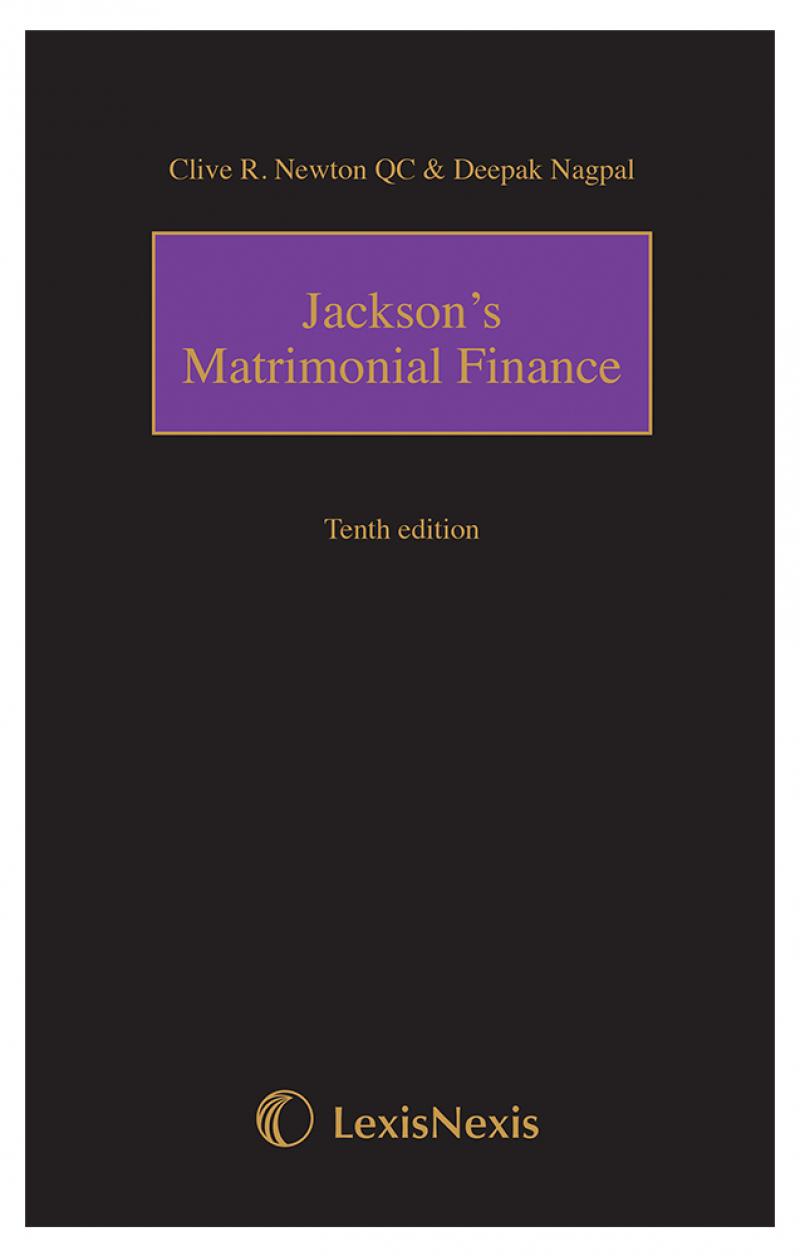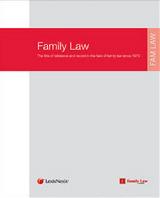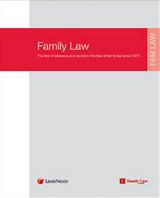- News & Comment
-
Online Shop
Online Services
Looseleafs
Law Reports
Books and eBooks
-
CPD & Events
Webinars
Events
- Authors
- About Family Law
- Contact












 10 APR 2025
10 APR 2025

 7 APR 2025
7 APR 2025

 9 APR 2025
9 APR 2025

 9 APR 2025
9 APR 2025

 9 APR 2025
9 APR 2025



Barry Wilkinson, University of Leicester
The recent tragedy of Baby P highlights a problem which is beginning to appear regularly within the ongoing child protection debate. If the language of statute is framed only vaguely, the assistance which it gives to users of the Children Act 1989 is inevitably limited and clarity is lost. Instead, a broader range of discretion is conferred upon the judges, thereby diminishing predictability of outcome. Where a court makes decisions as to the presence of significant harm, or the status of a child in need, only retrospectively and on a case by case basis, those with responsibilities under the statute will be ill-served. How much assistance will be gained, for example, by a social worker who attempts to determine whether grounds for a child protection order exist and (if so) which order is best suited to address a particular problem? Equally, if a family may be likely to benefit from services available under the Act, in the event that its membership includes a child in need, can that determination be made by referring to the terms of the statute? The guidance which statute ought to provide is currently somewhat lacking.
Baby P had been known to and regularly visited by social services for many months. Debate, over that time, focussed upon whether the child was a suitable candidate for care proceedings or whether the family was entitled to a range of support services. The issue of proceedings was proposed, only to be vetoed by the local authority legal department, due to lack of evidence of significant harm. A more comprehensive statutory definition of the concepts involved may well have made a crucial difference. The repetition of this dilemma, within cases presently pending in Doncaster and Birmingham (see Newsline at February [2009] Fam Law 96) demonstrates the magnitude of the problem.
To read the rest of this article, see May [2009] Family Law journal.
To log on to Family Law Online or to request a free trial click here.



